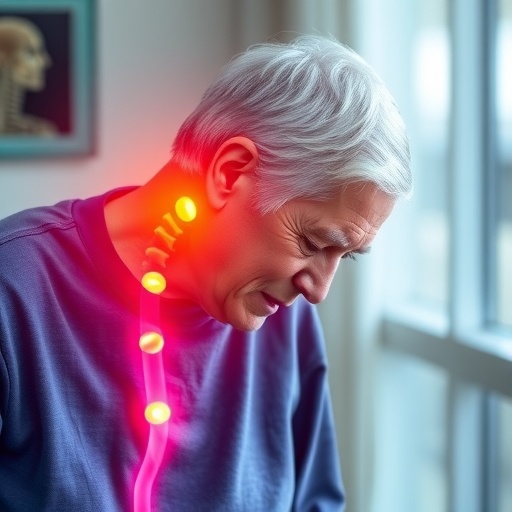Zebrafish and mammals share key cellular features; researchers have identified how the former repair their damaged hearts and now wonder if humans might someday be able to do so, too
Research into the hearts of zebrafish, a pet shop staple marked by their eponymous stripes, has shed light on ways the human heart muscle could be healed following damage.
A team of researchers led by Neil Chi, MD, PhD, professor of medicine at University of California San Diego School of Medicine, and Manuel Galvez-Santisteban, PhD, a postdoctoral scientist working alongside him, have pinpointed a signaling pathway in zebrafish heart cells that leads to the regeneration of damaged tissue. The findings are published in the June 25, 2019 issue of eLife.
When the hearts of zebrafish are injured, altered blood flow sends a signal to reprogram the muscle and regenerate their cells. “Our findings show how the heart senses and adaptively responds to environmental changes caused by injury,” said Chi, “and provide insight into how flow-mediated mechanisms may regulate heart cell reprograming and heart regeneration.”
These same signaling pathways also exist in mammals, suggesting the findings could provide insights and perhaps ways to repair damaged tissue in humans after a heart attack or similar catastrophic cardiac events.
Researchers commonly use zebrafish — a small tropical minnow fish — to study blood and muscle development because they employ many of the same mechanisms to make cells that humans do, but they are translucent as they develop, which makes it much easier to chronicle cell development and function.
Chi and colleagues focused on cardiomyocytes, cardiac muscle cells that possess the ability to contract and maintain the pump function of the heart. However, in order for cardiomyocytes to reprogram and regenerate the heart after injury, cardiomyocytes rely upon signaling cues activated by changes in blood flow.
Researchers monitored a specific heart development molecule called Notch in zebrafish to see how it reacted after injury to a fish’s heart. They found that Notch activity peaked one day after injury, but then dipped as the heart muscle regenerated. Within four days, damaged fish hearts were back to normal. When researchers blocked Notch, however, heart cell growth in the fish was also blocked, cells were unable to reprogram themselves and the damage was not repaired.
The scientists then looked at blood flow after a heart injury to see if injury had a direct effect on that blood flow and, in turn, activation of Notch. Their focus this time was on Klf2a, a molecule that activates certain genes when blood flow changes. The more blood flow was disrupted, the researchers found, the higher the levels of Klf2a.
The scientists also identified three other molecules — Trpv4, BMP and Erbb2 — that appeared connected to heart reprogramming and blood flow shifts. Levels and activity in all three changed in response to heart injury.
Chi said the next step is to take their investigation out of the water and onto land.
“Future studies are now needed to explore whether blood flow forces may affect mammals, such as mice, and to reveal new mechanisms that could take us closer to one day being able to regenerate the human heart,” said Chi.
###
Media Contact
Debra Kamin
[email protected]
http://dx.




